

First and foremost, choose an appropriate nozzle to avoid damage. A 25-degree or 40-degree nozzle is ideal for most surfaces, as it delivers a wide spray that’s less likely to cause harm while effectively removing built-up grime.
Prepare by clearing the area of furniture, plants, and debris. This allows for an uninterrupted cleaning path and prevents any unwanted mishaps. A thorough sweep makes it easier to notice stains and spots that require extra attention.
Before commencing, dampen the surface lightly. This helps to activate the detergent and eases the process of loosening stubborn dirt. Be sure to mix a suitable cleaning solution specifically designed for outdoor surfaces, following the manufacturer’s instructions.
When beginning, keep the nozzle at least 30 cm away from the surface. Maintain a consistent motion to avoid streaks. I often recommend overlapping each pass to ensure no sections are missed. Rinse thoroughly, ensuring all detergent is washed away, as any residue could lead to a slippery surface later.
Finally, allow proper drying time before placing furniture back or walking on the area. A well-maintained outdoor surface not only looks appealing but also extends its lifespan.
Detailed Steps for Effective Surface Restoration
The first step is to prepare the area by removing all furniture, plants, and any debris. This ensures that every inch of the surface is accessible for thorough treatment.
Material and Equipment Readiness
Gather appropriate materials before you start. You will need:
| Item | Description |
|---|---|
| Specialty Detergent | Choose a biodegradable solution designed for outdoor surfaces to eliminate grime and stains effectively. |
| Protective Gear | Wear gloves and safety goggles to shield yourself from splashes or debris. |
| Extension Cable | Helping reach outlets safely if the area lacks proximity to power sources. |
Efficient Application Techniques
Prior to commencing, connect the hose to the water supply and attach it firmly to the unit. Ensure the detergent tank is filled correctly. Start at the farthest corner from the outlet and work your way towards the exit. This prevents stepping over freshly treated areas.
Adjust the nozzle to a wide spray pattern, which allows for more even coverage. It’s pivotal to maintain a distance of approximately 30 cm from the surface, ensuring effective penetration of dirt without causing damage. Apply detergent in a sweeping motion, allowing it to sit for 10-15 minutes to break down stubborn stains. Use the low-pressure setting during this phase.
After the solution has done its job, switch to a higher pressure for rinsing. This stage is critical; be methodical, moving slowly to rinse off all detergent residues. Check thoroughly for any missed spots and treat them again as necessary.
Choosing the Right Pressure Washer Model for Decking
Select a model with a minimum pressure rating of 130 bar, as this will effectively remove dirt and grime without damaging wood surfaces. It’s advisable to opt for electric models for residential use due to their quieter operation and lower maintenance needs.
Key Features to Consider
- Flow Rate: Aim for a flow rate of at least 400 litres per hour. This ensures thorough rinsing and enhances cleaning efficiency.
- Nozzle Options: Look for a unit that includes various nozzles, particularly a rotating nozzle for stubborn debris.
- Weight and Portability: Lighter models are easier to manoeuvre across surfaces, particularly multi-level areas. Consider one with wheels for added convenience.
- Detergent System: Integrated tanks for detergent allow for simultaneous application during cleaning, maximising results.
- Accessories: Additional accessories like brushes or extension wands can enhance versatility for various tasks.
Recommended Brands
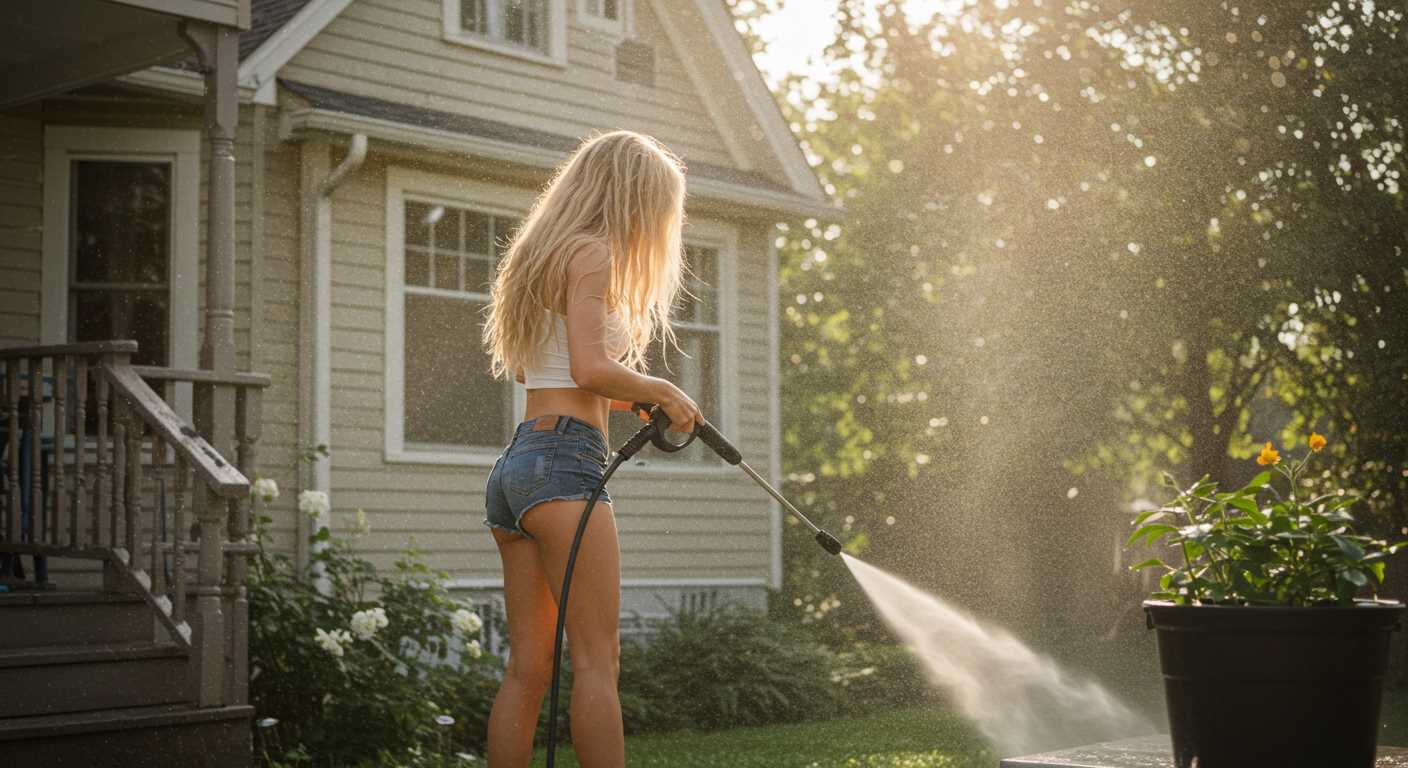
- Kärcher: Known for reliability and robust construction. Their eco-friendly models often come with energy-saving features.
- Nilfisk: Offers efficient performance and durability; their nozzles are particularly effective in tough conditions.
- Stihl: Features high-end models with professional-grade power, ideal for frequent or extensive use.
Before purchasing, I recommend assessing your specific cleaning needs, including the size of the area and frequency of use. Investing in a suitable model can lead to outstanding results and prolonged life for your outdoor spaces.
Preparing Your Outdoor Space for Maintenance
Begin by removing all furniture, plants, and any obstacles from the area to ensure an unobstructed surface. This not only provides easy access but also prevents damage to your belongings during the maintenance process.
Next, sweep the surface thoroughly to eliminate dirt and debris. This preliminary step enhances effectiveness and prevents larger particles from damaging the surface under high pressure.
Inspect for any loose boards, nails, or splinters. Replace or secure these to avoid injuries and further damage during the cleaning process. If there’s visible mould or mildew, consider applying a specialised treatment ahead of time for optimal results.
It’s crucial to check for nearby electrical outlets or connections that may be affected by water spray. Cover or distance these areas as much as possible to avoid electrical hazards.
Preparation of nearby plants is also important. Make sure to water them beforehand and cover them with tarps or plastic to shield from overspray. This prevents any harm to your greenery and ensures a worry-free cleaning experience.
Finally, ensure that you have all necessary equipment and cleaning agents handy. This includes extension cords if needed, the correct detergent, and safety gear such as goggles and gloves. Being well-prepared will make the entire task more efficient and safer.
Selecting the Appropriate Nozzle for Deck Care
For optimal results during your cleaning task, using the right nozzle is paramount. A nozzle can drastically affect both the pressure exerted and the type of spray pattern produced.
Types of Nozzles
- 0-degree nozzle: Emits a concentrated jet of water. Suitable for stubborn stains but must be used from a distance to avoid damage.
- 15-degree nozzle: Provides a narrow spray that can tackle tough grime and dirt effectively. This is often a good middle ground for general cleaning tasks.
- 25-degree nozzle: Ideal for a wider spray pattern, perfect for routine maintenance and removal of dirt without risking surface damage.
- 40-degree nozzle: Offers the gentlest spray, safe for delicate surfaces and ideal for rinsing after a thorough clean.
Recommendations for Selection
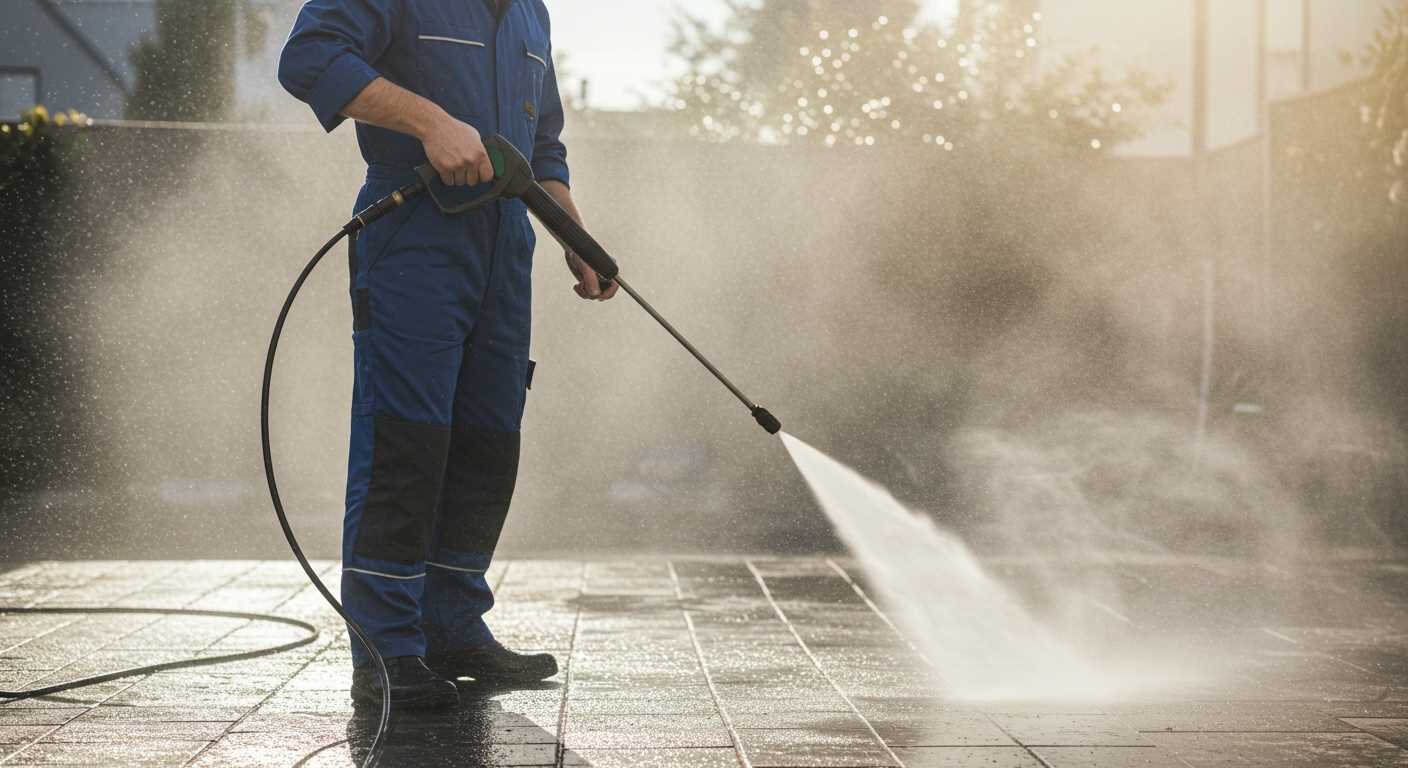
Choose a nozzle based on the surface material of your structure:
- Wood: Opt for 25 or 40-degree nozzles to prevent splintering and damage. These will allow for effective dirt removal while being gentler on the surface.
- Composite: Similar to wood; a 25-degree nozzle should suffice to maintain its integrity while cleaning effectively.
- Vinyl: A 40-degree option is best, ensuring a gentle cleanse without the risk of eroding the material.
Additionally, maintain a safe distance from the surface while operating. Adjust the distance based on the degree of the nozzle while keeping an eye on the spray intensity to avoid harm to your flooring.
Ultimately, selecting the appropriate nozzle not only enhances the effectiveness of your cleaning but also prolongs the life of your surfaces. Testing various nozzles on a hidden section can provide a good indication of the best choice for your needs.
Applying Cleaning Solution Before Pressure Washing
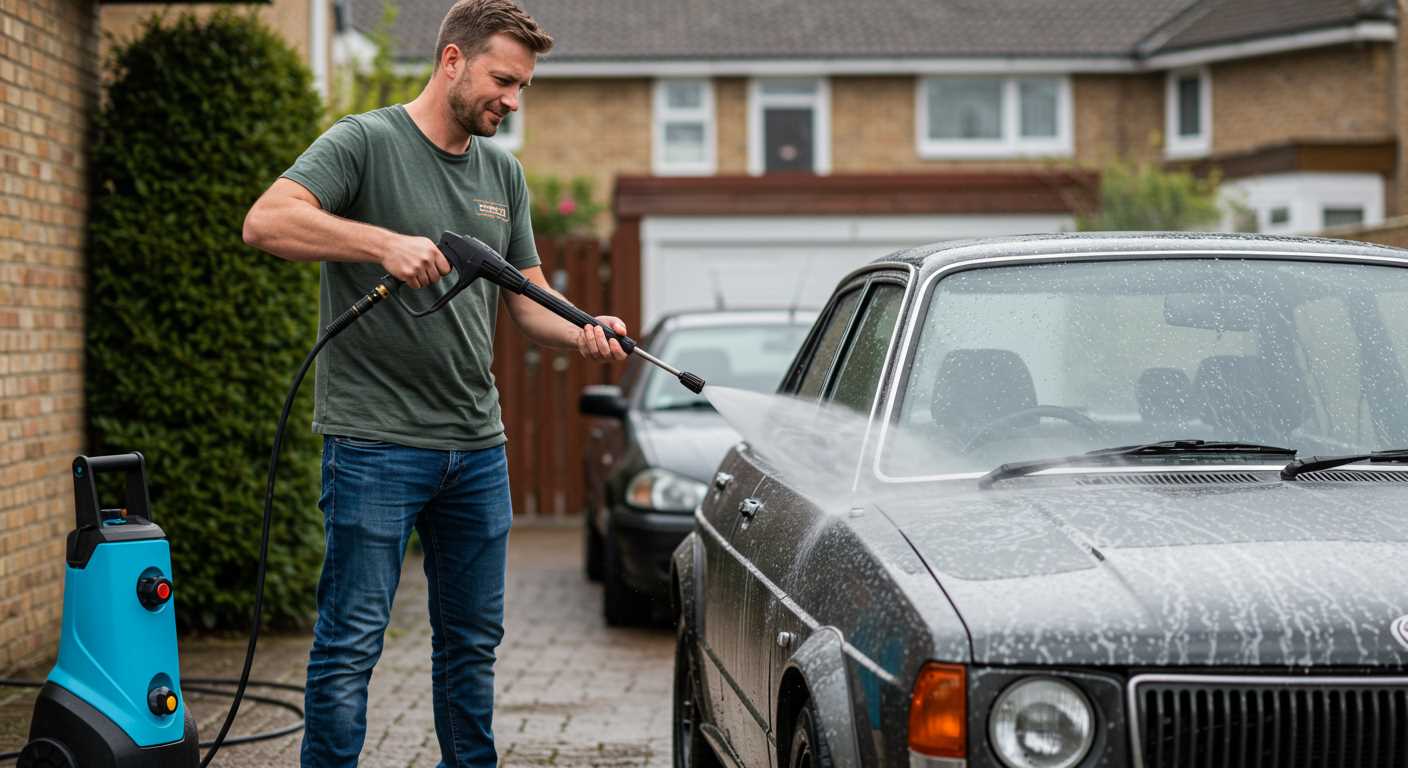
For optimal results, apply a suitable cleaning solution to the surface prior to using a high-pressure cleaner. Choose a product specifically formulated for your material, ensuring it is compatible and safe. Dilute the solution according to the manufacturer’s instructions to achieve the best effectiveness.
I recommend using a garden sprayer or foaming attachment for even application. Cover the entire area thoroughly, paying extra attention to stained spots. Allow the solution to dwell on the surface for about 10 to 15 minutes–this period lets the active ingredients break down dirt and grime.
Be cautious not to let the solution dry completely, as this can make it less effective. If necessary, lightly mist the area during the waiting period to keep it moist. Once the time has elapsed, you can proceed with the high-pressure equipment for a deep clean.
Setting the Correct Pressure for Different Deck Materials
For softwoods like pine, cedar, or redwood, I recommend using a lower setting, typically around 1000 to 1200 PSI. Higher pressures can damage the wood fibres, leading to splintering and a rough surface texture.
Hardwoods such as teak or mahogany require slightly more power, generally between 1200 and 1500 PSI. This range allows for effective dirt and stain removal while preserving the integrity of the wood.
Composite materials often vary in durability. I find a good pressure range for these surfaces is between 1200 and 1800 PSI. Testing a small, inconspicuous area before proceeding is wise to ensure that the pressure doesn’t cause any harm.
For vinyl decking, you can safely use pressures up to 1600 PSI. This level is sufficient for removing grime without risking damage to the surface.
Tips for Pressure Adjustment
.jpg)
Always start at the lowest setting and gradually increase until you achieve satisfactory results. Pay attention to the distance from the nozzle to the surface; maintaining a distance of about 12 to 18 inches helps to minimise any potential damage.
Utilising a wide-angle nozzle helps disperse the water, allowing for a even cleaning while reducing the intensity of the blast, which is especially useful on sensitive materials.
Proper Technique for Pressure Washing Your Deck
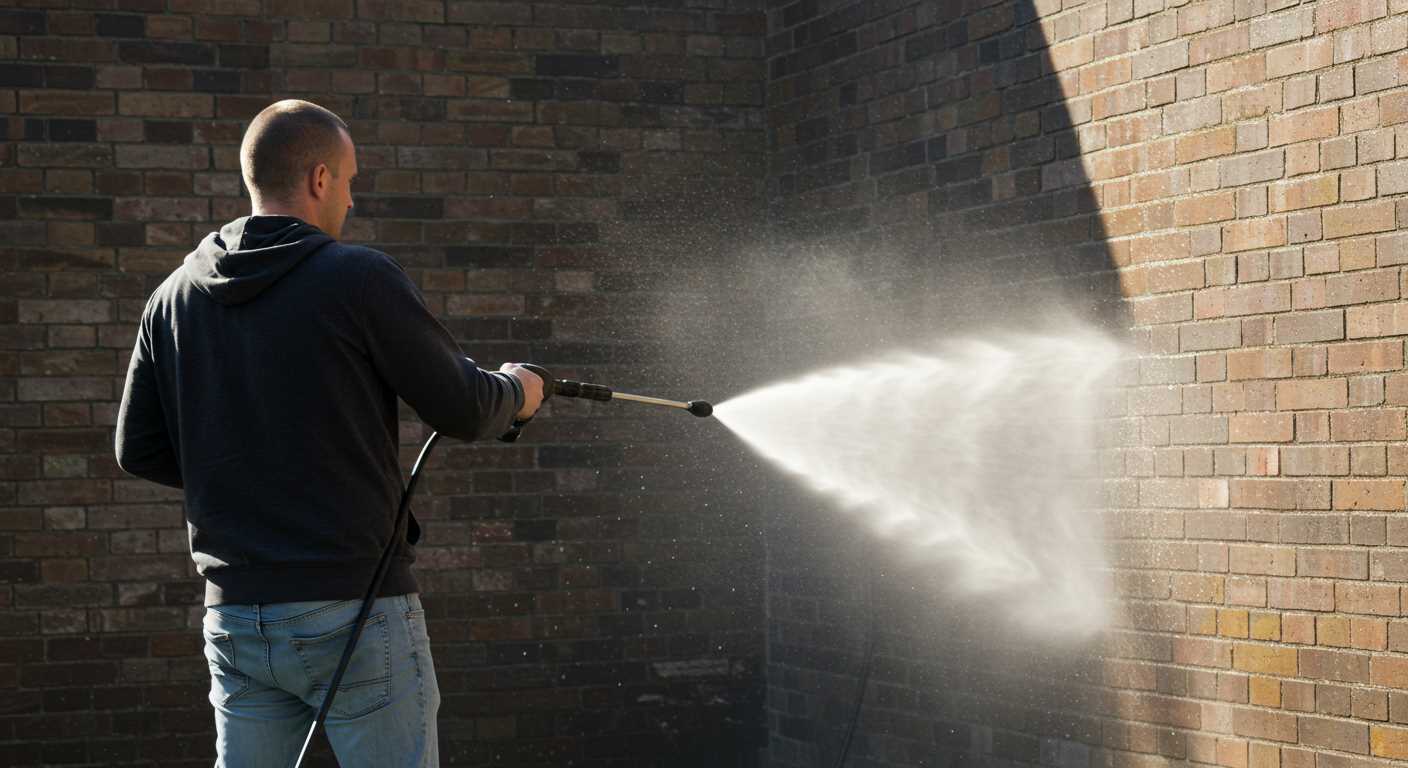
Position the machine at a consistent angle of 30 degrees to the surface to maintain effective contact while avoiding damage. Ensure a distance of approximately 12 inches between the nozzle and the wood to allow the spray to adequately penetrate dirt without causing splinters.
Movement and Patterns
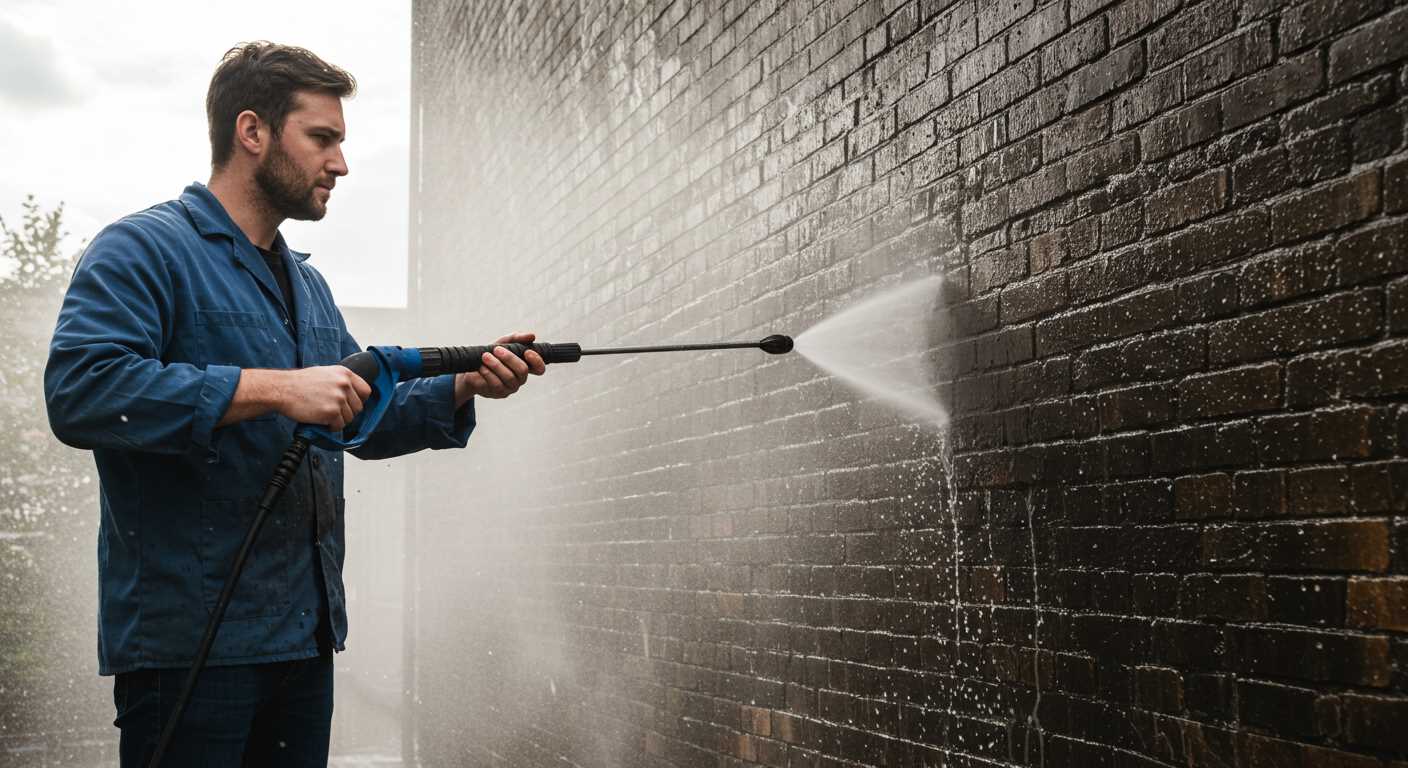
Utilise a sweeping side-to-side motion rather than holding the wand stationary. This technique promotes uniform cleaning and reduces the risk of concentrated damage. Start at one end and methodically work your way across the entire area, overlapping each stroke by around 30%. For stubborn stains, a slow, deliberate approach allows the force to break down grime effectively.
Detailing and Finishing Touches
Pay special attention to corners and edges; these areas often accumulate dust and mildew. Reduce the pressure slightly and use a narrow nozzle for precision cleaning. After completing the job, inspect for any missed spots and give them another pass if needed. Lastly, allow the wood to dry thoroughly before applying any protective coatings or treatments to ensure optimal adherence.
Post-Cleaning Care and Maintenance Tips for Decking
Wait for the surface to dry completely. Ensure at least 24 hours before applying any sealants or stains. This prevents trapping moisture, which can lead to mould and deterioration.
Inspect for damage after washing. Look for cracked or splintered wood, especially around the edges and corners. Address any issues immediately to prevent escalation.
Reapply a protective finish every 1-3 years, depending on exposure to the elements. This enhances longevity and maintains appearance. Choose products specifically formulated for the material of your outdoor structure.
Regularly clear debris like leaves and dirt. This prevents moisture accumulation and reduces the risk of mildew. Schedule a routine check-up, ideally every few months.
If applicable, consider installing a rain guard or overhang to shield against harsh weather. This simple addition can prolong the life of your surface significantly.
For frequent maintenance, use a broom or soft brush to remove dirt. Avoid metal tools that can scratch the surface.
Finally, remember to treat any stains or spills promptly. The longer they sit, the harder they are to remove. Use a gentle cleanser suitable for your material, ensuring it won’t harm the surface treatment.
FAQ:
What steps should I follow to clean my decking using a Karcher pressure washer?
To clean your decking with a Karcher pressure washer, begin by removing any loose debris like leaves and dirt using a broom or a brush. Next, set up the pressure washer, ensuring it is filled with clean water and any appropriate cleaning solution if needed. Attach a suitable nozzle (a fan nozzle works well) for the surface you’re cleaning. Stand a safe distance away from the decking and begin washing from one end to the other, keeping the nozzle moving to avoid damaging the wood. After washing, inspect the area for remaining dirt, and repeat the process where necessary. Finally, allow the decking to dry completely before applying any sealant or other treatments.
Can I use soap or cleaning solutions with my Karcher pressure washer for decking cleaning?
Yes, you can use soap or cleaning solutions specifically designed for pressure washers. Karcher offers various cleaning agents that are safe for different surfaces, including wood. It’s advisable to check the pressure washer’s manual to ensure compatibility with these agents. Apply the solution according to the manufacturer’s instructions, typically allowing it to sit for a few minutes before rinsing it off. This helps to break down tough stains and grime effectively.
Is it safe to use a Karcher pressure washer on composite decking?
Using a Karcher pressure washer on composite decking is generally safe, but it’s important to take precautions. Composite materials can be more sensitive than natural wood, so you should use a lower pressure setting and a wider spray pattern to avoid causing any damage. Maintain a distance of at least 12 inches between the nozzle and the surface while cleaning. Always follow the manufacturer’s recommendations for cleaning composite decking to preserve its appearance and integrity.
How often should I clean my decking with a pressure washer?
The frequency of cleaning your decking with a pressure washer depends on various factors, including the weather conditions in your area and how often you use the deck. Generally, it’s a good idea to clean it at least once or twice a year, preferably in spring and autumn. If you notice a build-up of dirt, algae, or mildew, or if the deck is heavily used, you might need to clean it more frequently. Regular cleaning not only maintains the deck’s appearance but also helps prolong its lifespan.







